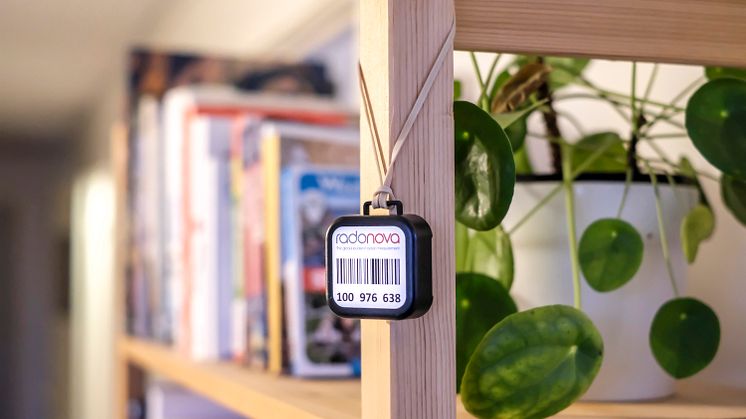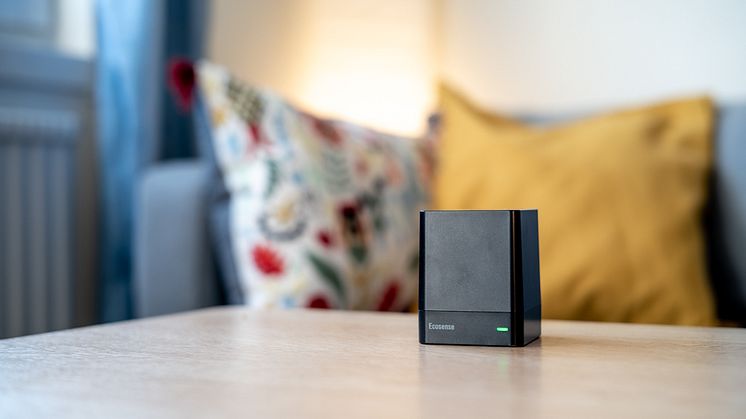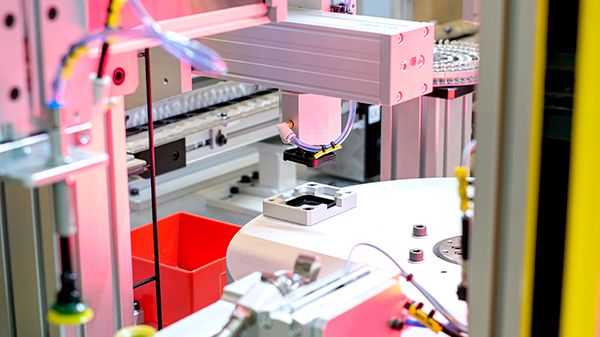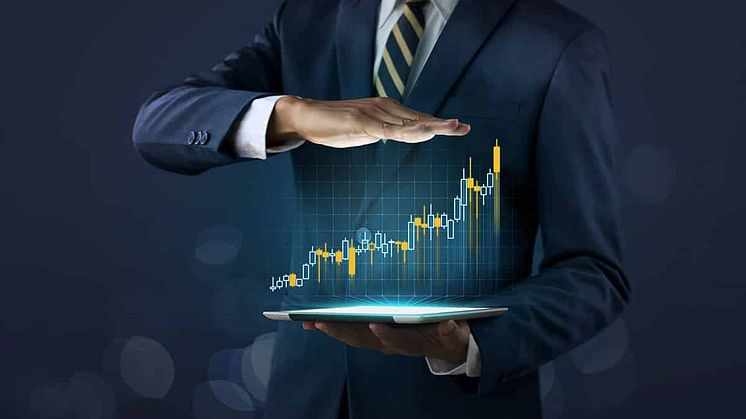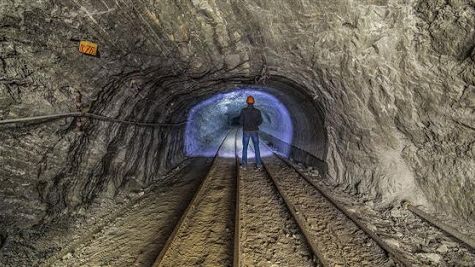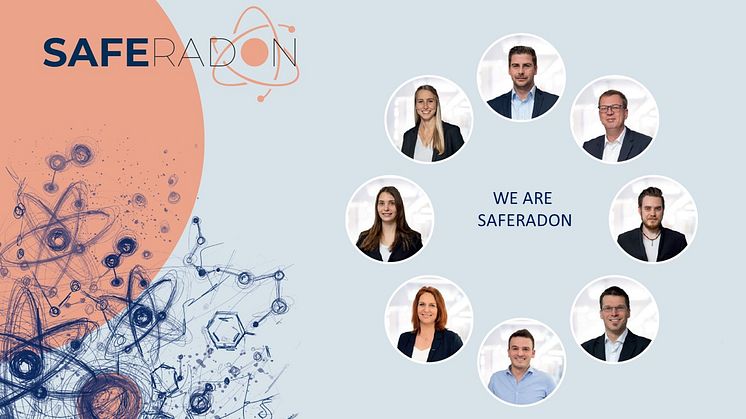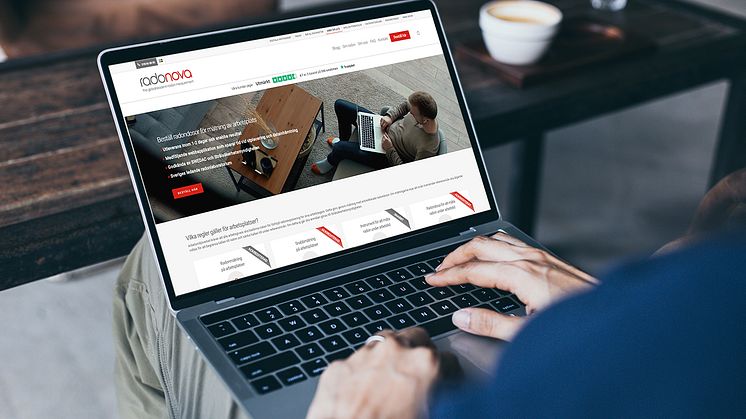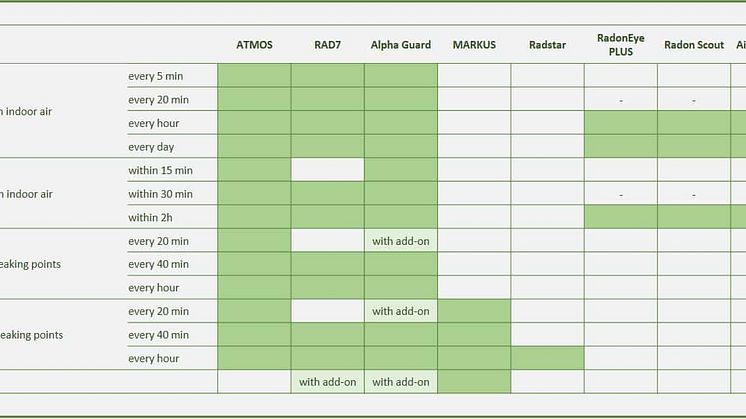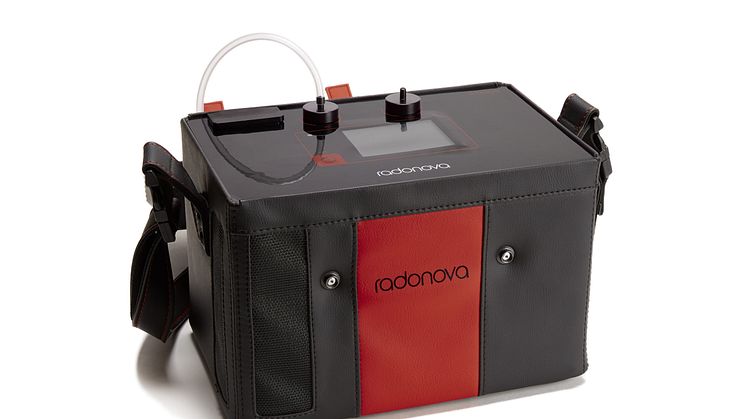
Blog post -
How to accurately measure when conducting radon mitigation
To successfully conduct radon mitigation an accurate and reliable inspection is required to identify where radioactive radon gas is coming from. This can be achieved via a number of different radon measurement techniques. There are numerous reasons elevated radon content may be present in a building, but it mainly arises because of radon leakage from the ground and through building materials. When you carry out different types of radon measurements, you get a more comprehensive picture of radon levels in that particular property. By following this approach, radon mitigation is more effective and results in a better outcome.
Using a sniffer to identify the location of radon leakage
The most common cause of elevated radon levels is radon gas leaking in from the ground via the ground air. The gas can leak in through cracks in the floors or walls, or via the ground in the basement. With the help of a radon sniffer, levels can be easily identified. Since the local radon content can be very high at these cracks, it is important to have instruments that can quickly identify high values, but are also able to quickly reset. This is important as it enables the user to quickly measure the next point. If the instrument is not reset and you move on to the next measuring point, the measurement will be incorrect. Most radon instruments take up to 1-2 hours to reset due to a lack of functionality for subtracting long-lived radon daughters, and therefore should not be used for sniffing. When sniffing, you should instead use specially designed instruments such as the ATMOS sniffer which can reset in less than 20 minutes. With ATMOS, sniffing can be performed both efficiently and safely.
How to measure the effectiveness of radon mitigation
After a radon mitigation, it is advisable to study the time variations with a radon logger. This is to understand what effect the radon mitigation has had in relation to ventilation, outside temperature, air pressure, and wind. Radon content frequently varies if there is a lot of ground radon. Therefore, it becomes imperative to seal leakage points and improve the air supply air so that you do not get more radon-containing natural gas in through extended exhaust air ventilation. If the negative pressure increases, more gas is sucked into the house if there is a shortage of air supply valves or air supply ducts. By using a time sensitive data logger, the variation of radon content is measured every hour. By doing this, you get a better understanding of the daily variations in radon levels. For example, you could use the RadonEye PLUS2 and the Atmos Light software to measure day and night fluctuations. At the touch of a button, the user receives a report that reveals the average value for the measurement period and the average value for day and night.
The importance of measuring radon content in building materials
Using SGR gamma meters, it is possible to measure the radiation dose (microsievert/hour) in building materials with a high degree of accuracy within a few seconds. This is important because the measured value of the radiation dose from building materials with elevated radium content can be only two times higher than the background radiation. A gamma meter that isn’t accurate will not be able to distinguish background radiation from the estimated contribution of radon from the building material. With SGR gamma meters, the radon contribution from the building material can be calculated in a reliable way. This in turn means that it becomes easier to compare the radon contribution from the building material with the contribution from the ground, providing critical information when deciding what mitigation measures to deploy.

